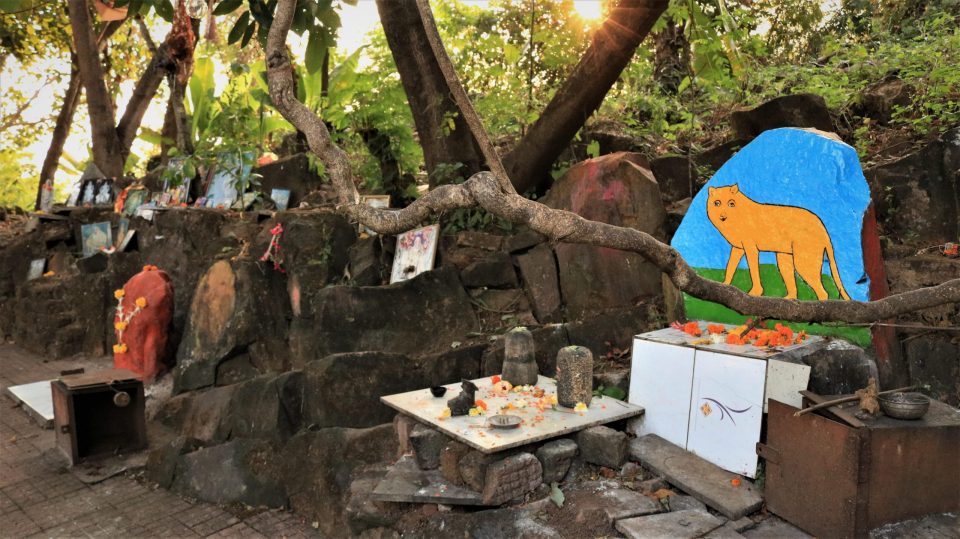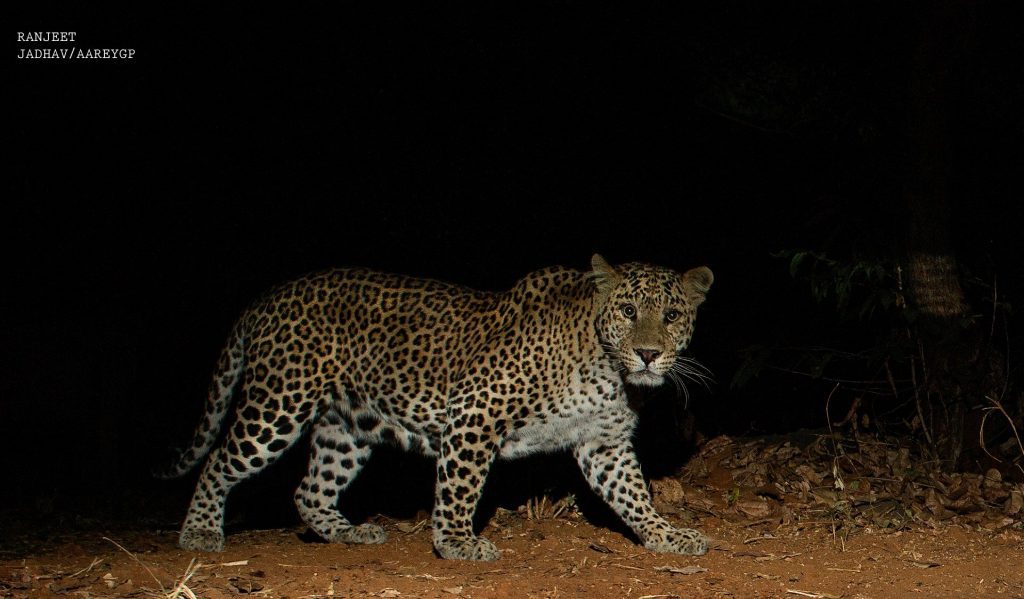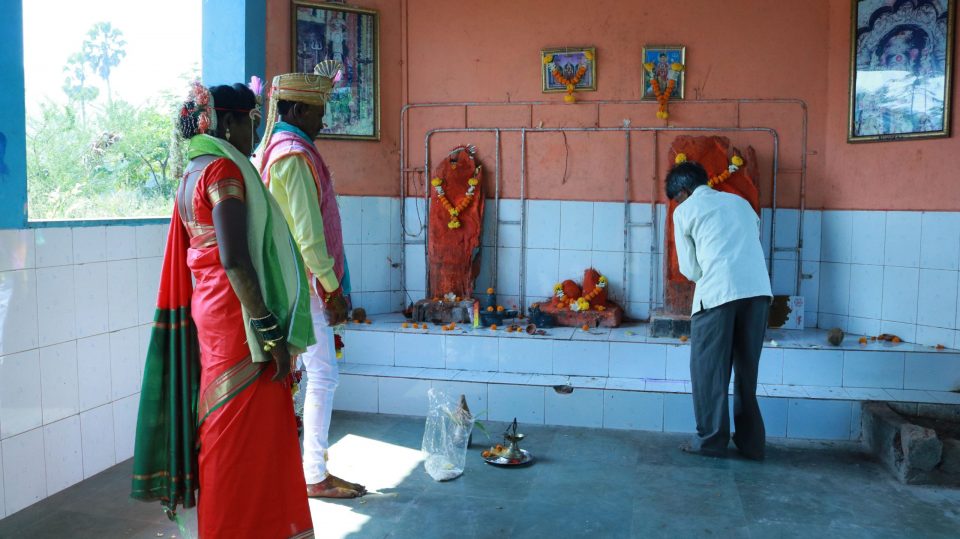
Maharashtra tribals believe ‘Waghoba’ is their saviour against animal attacks

There is no state in India which isn’t battling the challenge of man-animal conflict, posed by a multitude of factors like urbanisation and commercialization, population explosion, food security and many more. While the problem looks insurmountable, the Warli tribals of Maharashtra have shown the way towards understanding the conflict from the perspective of tradition and belief.
Long histories of sharing space and resources have built complex, robust, and enduring relationships between humans and wildlife in many communities and among Warlis, predominantly living in the suburbs of Mumbai, Thane and Palghar districts, such relationships manifest in the institution of ‘Waghoba’, the big cat deity.
‘Waghoba’, a form of both the tiger and leopard, is worshipped primarily for protection from these big cats. Researchers from the Wildlife Conservation Society-India documented 150 shrines dedicated to ‘Waghoba’in their study titled “Sharing Spaces and Entanglements With Big Cats: The Warli and Their Waghoba in Maharashtra, India”.
The study revealed that the Warlis believe in a reciprocal relationship, where ‘Waghoba’ will protect them from the negative impacts of sharing spaces with big cats if the people worship the deity and conduct the required rituals, especially at the annual festival of ‘Waghbaras’, a two-day event held around Diwali.
Also read: Greens against killing stray tiger, suggest rehab instead
These cultural practices date back to centuries, but conservationists discovered them in the last few years and appreciated them as “an established way of fostering peaceful coexistence with dangerous animals”.

Researchers suggest that such relationships facilitate the sharing of spaces between humans and leopards that live in the landscape. The study also addresses the ways in which the range of institutions and stakeholders in the landscape shape the institution of ‘Waghoba’ and thereby contribute to the human-leopard relationship in the landscape.
The Warli community believes that any large cat in the wild they come across is a representation of ‘Waghoba’, which will eventually protect them from the attacks. A villager said, “The wagh (tiger) is known and accepted as the king of the jungle. We pray to him so that he protects us and does not do us any harm.”
But what if the animal still attacks humans or their livestock? Well, the tribals do not get angry or reciprocate with counter attacks. Instead, they seek explanations in their own failure to adhere to the rituals required.
Ramya Nair, the lead author of the study, says, “This is relevant for present-day wildlife conservation because such traditional institutions are likely to act as tolerance-building mechanisms embedded within the local belief system. Further, it is vital that the dominant stakeholders outside of the Warli community, such as the forest department, conservation biologists, and other residents who interact with leopards, are informed about and sensitised about these cultural representations because it is not just the biological animal that the Warlis predominantly deal with.”
Also read: Time to think of biodiversity conservation beyond protected areas
The study is aimed at diversifying the way we understand and approach human-wildlife interactions. It does so by shedding light on how local institutions that contribute to co-existence are not devoid of conflict, but have a role in negotiating the conflicts that arise.

Locally produced systems that address issues surrounding human-wildlife interactions may exist in several other cultures and landscapes. “While conservation interventions have shown a movement toward the inclusion and participation of local communities, we have to recognize that landscapes have a history before our own point of entry into them,” says Nair.
The Wildlife Conservation Society-India was assisted in the research by NINA, Norway, Inland Norway University of Applied Sciences, Norway and supported by Wildlife Conservation Trust.

